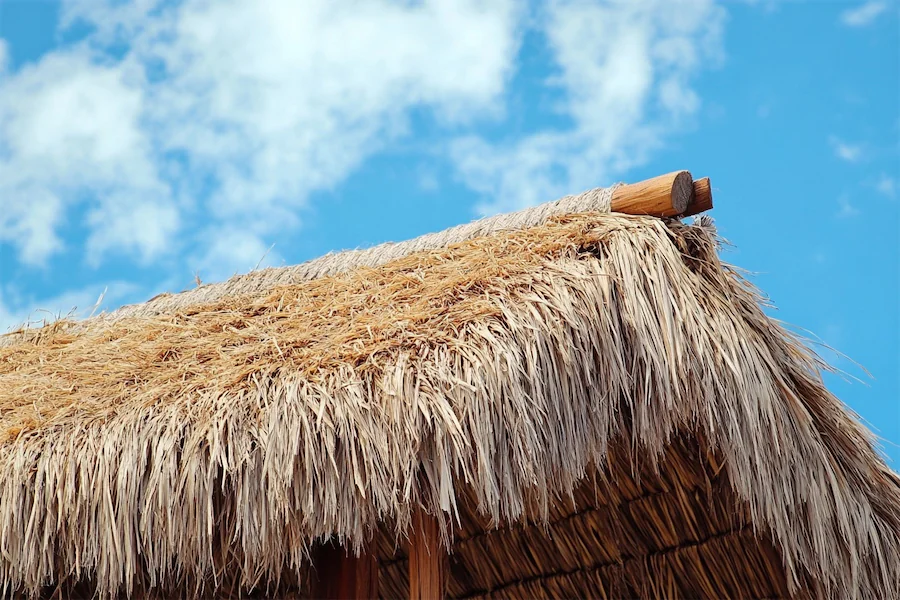Thatched cottage roofs are iconic features of rural architecture, particularly in regions like the United Kingdom. Crafted from dry vegetation such as straw, water reed, or heather, these roofs not only provide shelter but also exude a timeless charm that connects dwellings to their natural surroundings.
History and Origins of Thatched Cottage Roofs
The practice of thatching dates back to the Bronze Age, making it one of the oldest roofing methods known. In the UK, thatching was the predominant roofing technique until the late 1800s, primarily because alternative materials were scarce or expensive. This led to most rural homes featuring thatched roofs, a tradition that has endured in many areas.
Key Features of Thatched Cottage Roofs
- Natural Insulation: The densely packed layers of thatch provide excellent insulation, keeping interiors cool in summer and warm in winter.
- Aesthetic Appeal: The rustic and picturesque appearance of thatched roofs adds significant character and charm to cottages, often increasing their desirability.
- Sustainability: Utilizing renewable materials like straw and reeds makes thatching an environmentally friendly roofing option.
Applications of Thatched Cottage Roofs
- Residential Dwellings: Thatched roofs are commonly found on cottages and historic homes, preserving traditional building methods and enhancing the rural landscape.
- Cultural Heritage Sites: Many heritage sites maintain thatched roofs to showcase historical construction techniques and educate the public about traditional craftsmanship.
Considerations When Choosing Thatched Cottage Roofs
- Maintenance: Thatch requires periodic maintenance, including ridge replacement every 10-15 years and eventual rethatching, to ensure longevity and performance.
- Fire Risk: While thatch is not as flammable as commonly believed, precautions such as proper chimney maintenance and the use of fire retardants are essential to mitigate fire hazards.
- Cost: The specialized skills required for thatching, along with the rising costs of materials, can make installation and repairs more expensive compared to modern roofing alternatives.
Conclusion
Thatched cottage roofs are more than just a roofing choice; they represent a rich historical tradition and a commitment to sustainable building practices. While they offer unique benefits in terms of insulation and aesthetic appeal, potential homeowners should carefully consider the associated maintenance, fire safety measures, and costs to determine if a thatched roof aligns with their needs and lifestyle.
